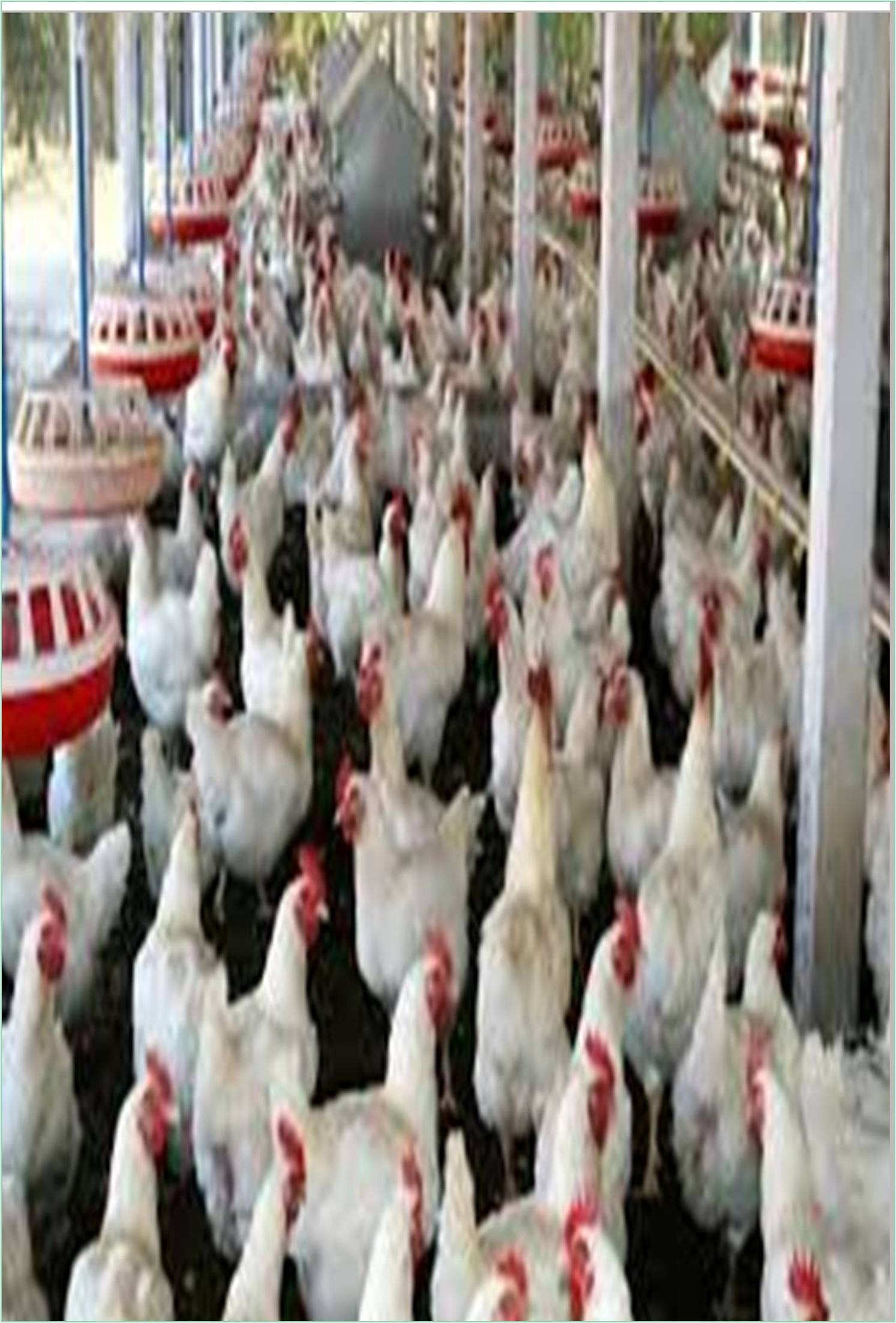



Received: 01-Dec-2022, Manuscript No. GJPFV-22-82981; Editor assigned: 05-Dec-2022, Pre QC No. GJPFV-22-82981(PQ); Reviewed: 26-Dec-2022, QC No. GJPFV-22-82981; Revised: 02-Jan-2023, Manuscript No. GJPFV-22-82981(R); Published: 09-Jan-2023, DOI: 10.15651/2449-1772.23.10.064
One of the most significant global money-making sectors today is poultry production. The demand for poultry products has directly increased in direct proportion to the expanding human population. This advantage of chicken over other livestock is mostly attributable to the superior protein products that may be produced from it. The source of growth promoters provided to the animals during the production of livestock, particularly poultry, is a crucial factor in determining the quality of the goods that will be consumed by the general public. Antibiotics have been the main growth promoters used in the production of chicken for many years. Broiler growth performance and feed efficiency increased, which also reduced morbidity and mortality by battling infections in the gastrointestinal tract. It is impossible to overstate the negative impact of antibiotic use in poultry agriculture. The rationale behind this choice was called into question quickly after it was made in numerous nations throughout Asia and Europe. According to reports, the nontherapeutic use of antibiotics in livestock production entails a high danger of resistance developing in broilers and the spread of numerous resistant bacterial strains to the general population, which can compromise the immune system. The accumulation of antibiotics in chicken products and their excretion into the environment, which can contaminate the limited aquatic and terrestrial environment near to the poultry site, have been observed to occur as a result of continued antibiotic use in poultry production. The necessity to find other, better solutions has been brought on by this circumstance.
Researchers have focused on the use of phytogenic growth promoters in poultry production in this context, among other options, because they are affordable, locally accessible, and less competitive with the supply chain for human food. Phytogenic growth promoters, commonly referred to as phytobiotics, are a large group of plantderived bioactive substances added to diets to increase cattle production by enhancing feed characteristics, enhancing nutrient digestibility, and enhancing absorption and pathogen removal in the gut. Their naturalness, lack of toxicity, and lack of residues, together with other intrinsic advantages, have made them the ideal growth boosters for chicken production. Alternanthera brasiliana, a perennial plant with variegated green and yellow, bronze and green, red and pinkish brown, or red and green leaves, is a member of the Amarathaceae family. According to traditional medicine, the plant is effective fodder that boosts cow milk production, is used to cure coughs and diarrhoea, lowers blood viscosity, and lowers blood pressure. According to pharmacological investigations of the plant's leaves, flavonoids and phenols may be responsible for the plant's anti-oxidant, anti-microbial, anti-viral, anti-inflammatory, and antinociceptive qualities. Effective substitutes for synthetic or chemical growth boosters are phytobiotics. Phytobiotic growth promoters may have the potential to improve production performance and health, which would add them to the list of non-synthetic growth promoters for chicken production, according to the present practise of feeding phytobiotic substances to poultry. Therefore, the purpose of this study was to evaluate the effectiveness of Alternanthera brasiliana as a phytogenic growth promoter in chicken. According to the study, Alternanthera brasiliana ethanol and aqueous extracts are generally effective substitutes for chemical growth promoters in the production of chickens. However, the aqueous extract, which can be made more quickly and cheaply, had a better outcome than the ethanol extract.
The potential use of Alternanthera brasiliana leaf extracts in aqueous and ethanol as growth boosters for chickens are evaluated. The vitamin, mineral, and phytochemical contents of the leaves were investigated using conventional techniques. 72 broilers were divided into nine groups of eight each treatment. Utilizing accepted techniques, carcass yield, meat quality, and blood component evaluations were completed. The inclusion of minerals, phytochemicals, and water-soluble vitamins (B1, B2, B3, B6, B12, and C) as well as fat-soluble vitamins (A, E, and D) was shown by the results to be important for enhancing broiler performance. The test broiler’s carcass yield and meat quality were superior to those of the negative control group. Additionally, the extracts improved the hen’s hematological and blood protein conditions more effectively than the negative control group.